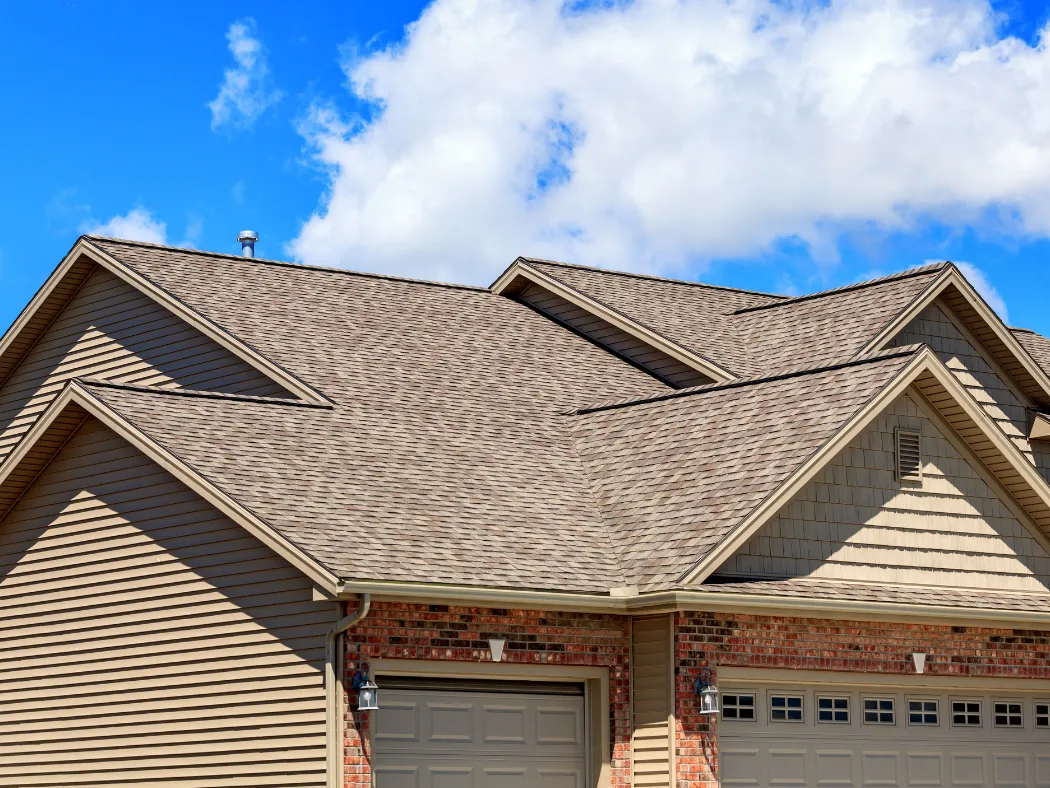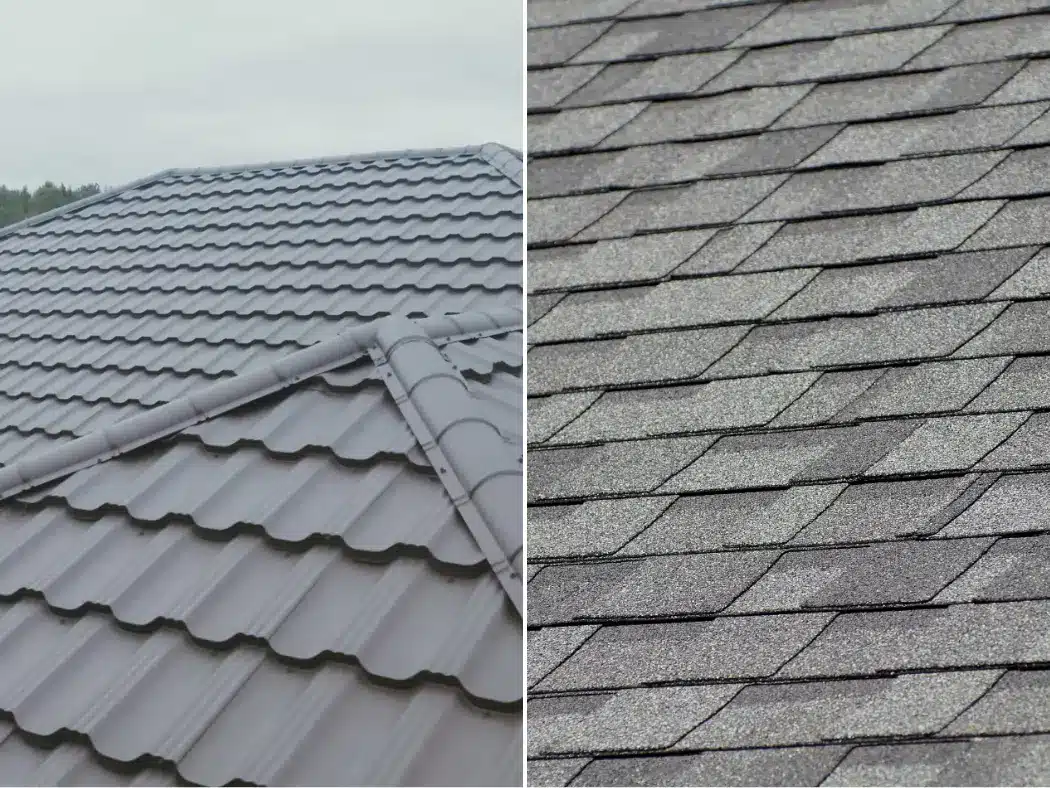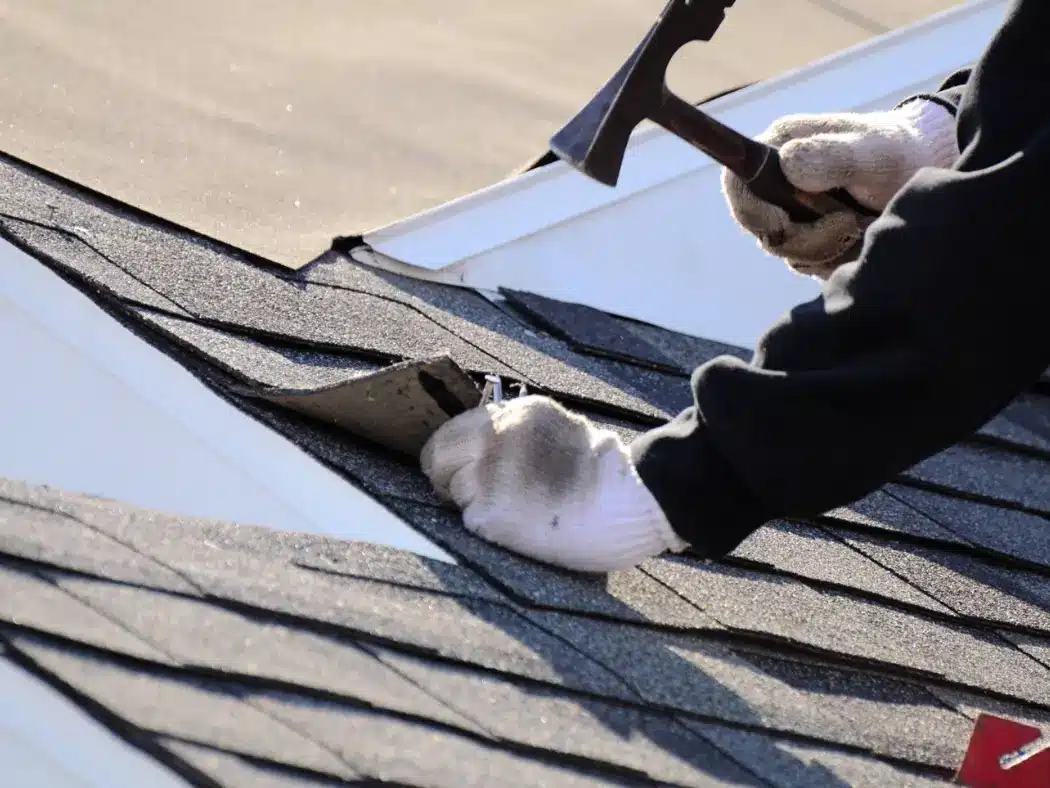There’s a spring storm raging outside – you can hear the heavy rainfall and the thrashing wind from the safety of your living room. In that moment, you realize how grateful you are to have a roof over your family’s head that you can count on. Before the warmer weather arrives, there are several important steps you can take as a Texas homeowner to ensure your roofing system can withstand the harsh elements.
Schedule Regular Inspections
The best way to weatherproof your roof is to schedule routine roof inspections. Having a professional eye assess your roofing system helps prevent damage before it occurs, saving time and money throughout your roof’s lifespan. Roof inspections also protect your property value and ensure compliance with most roofing warranties.
Make Small Repairs
If your roofing contractor identifies damage during an inspection, making small repairs as soon as possible is crucial. Even seemingly minor issues, such as a few missing shingles or a small crack in your flashing, can lead to leaks and more expensive repairs. When damage is ignored, it does not go away; consequently, it becomes more extensive later on.
Choose Durable Roofing Materials
It’s important to work with a residential roofing contractor who is familiar with the climate where you live, so they can help you make informed decisions about the roofing materials you use for your home. Below are a few durable options to consider for the harsh weather of Texas:
- Asphalt Shingles – Asphalt shingles are a popular choice among homeowners due to their affordability and protection against year-round weather conditions. However, asphalt shingles typically have a shorter lifespan compared to other roofing materials. They can also be vulnerable to high winds and hail.
- Metal – Metal roofs tend to last longer than any other roofing material by far, with the proper installation and routine maintenance. Metal roofs are extremely resistant to wind, hail, rain, harsh UV radiation, and snowfall, making them highly weatherproof. Metal roofing can be a higher investment compared to other options, but it may be one to consider if you are replacing your roof.
- Clay Tiles – Clay tiles can last nearly as long as metal roofs if properly maintained, and they are resistant to fire and extreme weather conditions. However, clay tiles are heavy, and individual tiles can crack or break.
Check Sealant and Flashing
While maintaining your roofing materials is crucial to protect your home from spring storms, it’s those materials working along with the sealant and flashing that truly keep your roof weatherproof. Together, these components form a water-tight seal, protecting your home from leaks. Flashing is installed around areas where your chimney, vents, and skylights meet the roof, preventing water from seeping through the gaps. Over time, both sealant and flashing can crack due to exposure to the sun and temperature fluctuations. Regular inspections and maintenance are a small investment that can save you from costly repairs while keeping your home safe, dry, and comfortable.
Trim Tree Branches
Debris from overhanging tree branches can cause significant damage to your roof, especially when it blocks water flow, leading to standing water and potential leaks. The added weight of debris can also stress your roof, and excess moisture can contribute to the growth of mold. To prevent this, regularly trim nearby trees to reduce the accumulation of debris and minimize the risk of branches falling during spring storms, which can damage your roof.
Protect Your Texas Roof
When it comes to weatherproofing your home, you need a professional team you can trust. WorleyByrd is the word! We have helped countless Texas homeowners fortify their roofing systems against the unpredictable weather, and we are equipped to offer you personalized solutions you can depend on. Contact our team to schedule an inspection.












